Advances in Communications Based Train Control Technology Improve Rail Signaling and Safety
Technology advances continue to push Communications Based Train Control (CBTC) systems to new levels as an increasing number of U.S. rail agencies implement CBTC to improve safety and efficiency.
CBTC unleashes the intelligence of automatic train control systems, utilizing:
- High-resolution location-determining telemetry (hardware and software),
- Bidirectional train-to-wayside data communications, and
- A combination of train-borne and wayside processors.
Together, these systems are capable of implementing automatic train protection (ATP) as well as optional automatic train operation (ATO) and automatic train supervision (ATS).
Multiple benefits arise from the ability to constantly evaluate a train’s real-time positioning. Doing so gives the overall rail system greater ability to increase the number of trains in service, enhancing system capacity during peak hours and reducing system overcrowding.
To date, CBTC is used mainly in subways and airport automated people movers. On-going technology advancements, such as ultra-wideband radio, offer potential for wider application.
One of the main benefits of CBTC systems is the ability to determine a train’s real-time positioning with greater accuracy than traditional fixed-block systems.
Limitations of Fixed-Block Systems
The first fixed-block systems were built in the late 19th century and a wide variety of such systems still predominate wayside signaling in the US and throughout the world. The basic principle of “fixed-block” is that a track is broken into a series of sections, or “blocks,” and only one train may occupy a block at a time.
Blocks were once sized roughly equal to a train’s safe braking distance. Modern fixed-block systems utilize blocks of various sizes to better fit operational needs of each particular transit system. Using track circuits or axle counters, occupancy information is relayed to the train engineer via wayside signals and on-board displays that show cab code indications.
Although such systems have evolved and became increasingly sophisticated over time, the fixed-block principle comes with inherent limitations, which operators cannot fully mitigate. Train location accuracy within modern fixed-block systems is still limited by the size of each block. Fixed-block systems also cannot communicate information about train speed among adjacent trains or with central control.
A significant problem, especially in the United States, is that many signaling systems are aged well past their intended obsolescence. This complicates maintenance and creates multiple operational issues due to increased rate of failure.
The cost to replace aging equipment is skyrocketing as fewer manufacturers produce the spare parts. Manufacturers often stop production altogether, leaving transit agencies with few choices other than to fabricate their own replacements.
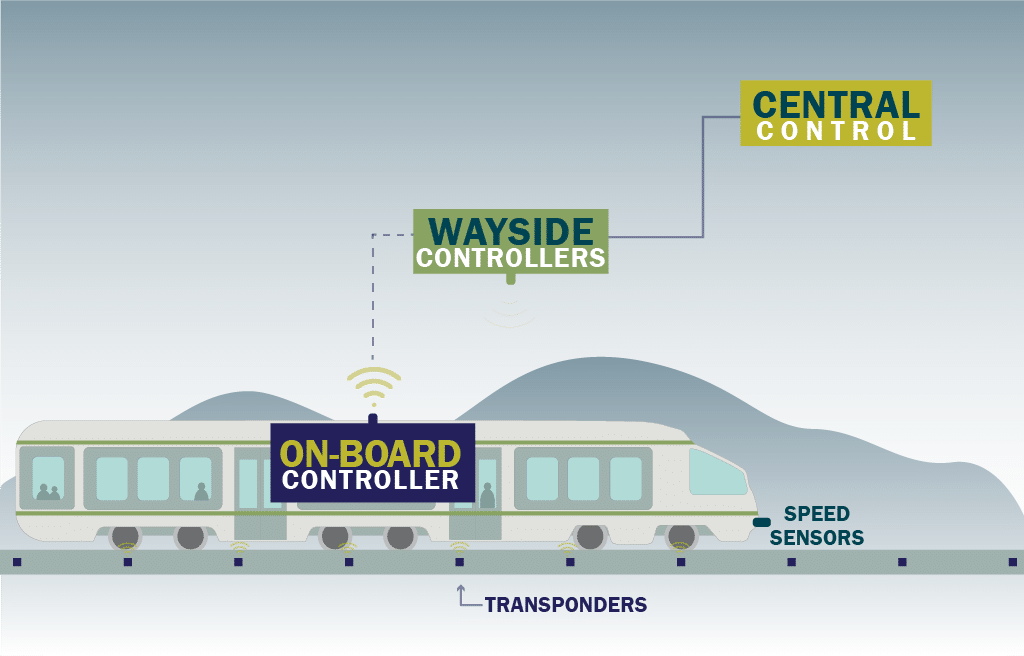
Benefits of CBTC Upgrades
Substituting or overlaying fixed-block systems with CBTC provides multiple advantages. CBTC overcomes the inherent limitations of fixed block systems, while increasing system capacity and operational flexibility. Furthermore, CBTC could be applied to a fixed-block territory without major disruption to existing revenue service.
For example, since completing CBTC installation and signaling upgrades on its Flushing “7” Line in 2017, New York City Transit has been able to boost on-time performance from 68 to 95 percent. Similar reliability improvements have been reported by other agencies.
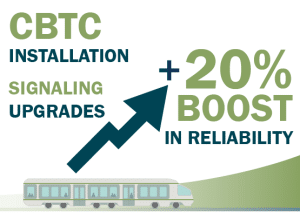
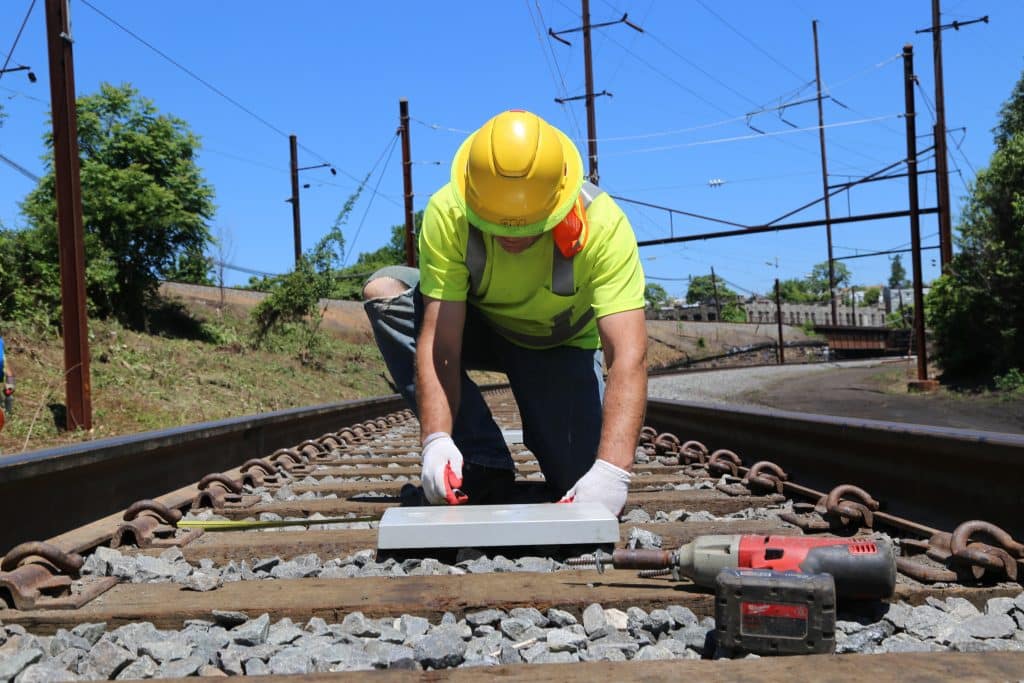
Transponder installation
Building on success of initial CBTC applications, New York Metropolitan Transportation Authority (MTA) is undertaking a major modernization program to apply CBTC technology on the majority of its subway lines (about 355 miles).
CBTC systems have been installed on many lines throughout the world. Examples of successful U.S. applications include:
- New York City Transit’s Manhattan-to-Brooklyn Canarsie Line and Manhattan-to-Queens Flushing Line.
- Port Authority Trans-Hudson (PATH) rapid-transit line in Jersey City, New Jersey.
- Southeastern Pennsylvania Transportation Authority (SEPTA) Green Line in Philadelphia.
Additional CBTC upgrades or installations are underway in areas of San Francisco (Bay Area Rapid Transit), Baltimore (Maryland Transit Administration), and Southeastern Pennsylvania (SEPTA).
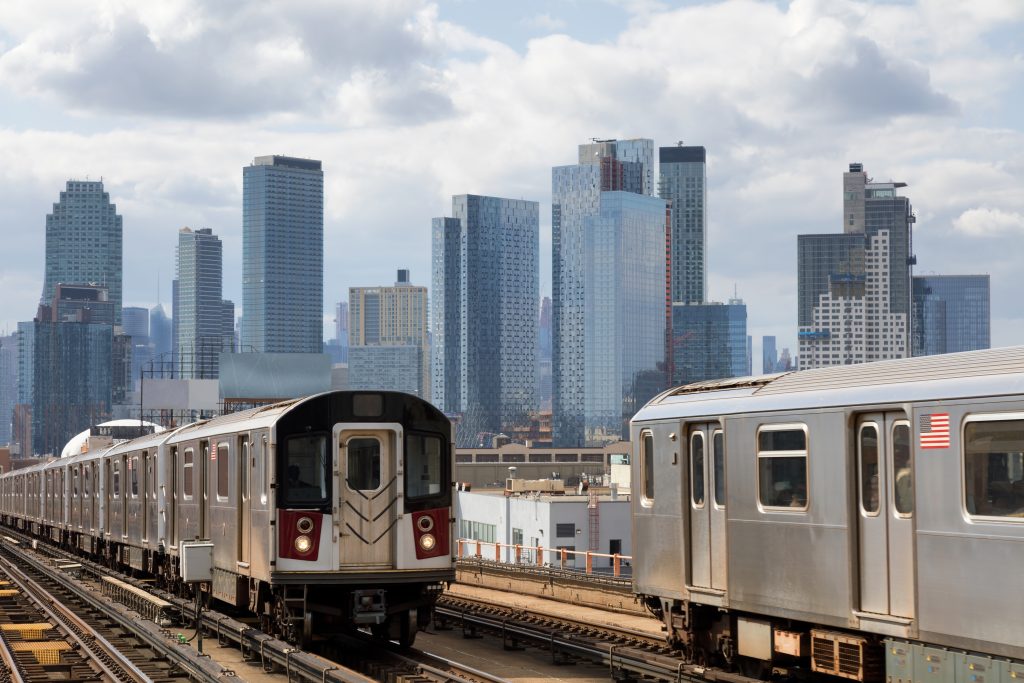
Ultra-wideband provides train-location and obstacle-detection capabilities.
Emergence of Ultra-Wideband Radio
The next CBTC technological evolution could be the use of ultra-wideband (UWB) radio technology. UWB technology has the potential to offer simultaneous ground-to-train communication, train location, and obstacle detection in front of the trains.
Some rail agencies have supplemented their existing CBTC systems with GPS technology to improve trains’ positioning. However, GPS does not work in tunnels or other areas that are impervious to satellite transmissions. UWB does not pose limitations in such areas, affording continuous communication and data transmission.
UWB transmitters installed on trains send data on speed, location and performance to small “receiver” units placed at distinct intervals along the wayside, providing information for ATP, ATO and ATS subsystems.
Wireless UWB wayside units can be installed quickly and easily, avoiding costly, schedule-sabotaging track outages. The technology integrates easily with both CBTC systems and older, fixed-block systems.
Once the system infrastructure is in place, onboard wireless transmitters and wayside units can be installed in weeks or months, rather than years, as is the case with “wired,” radio-based CBTC systems. The resultant cost and time savings then, ideally, could be spent on other improvement projects that need attention.
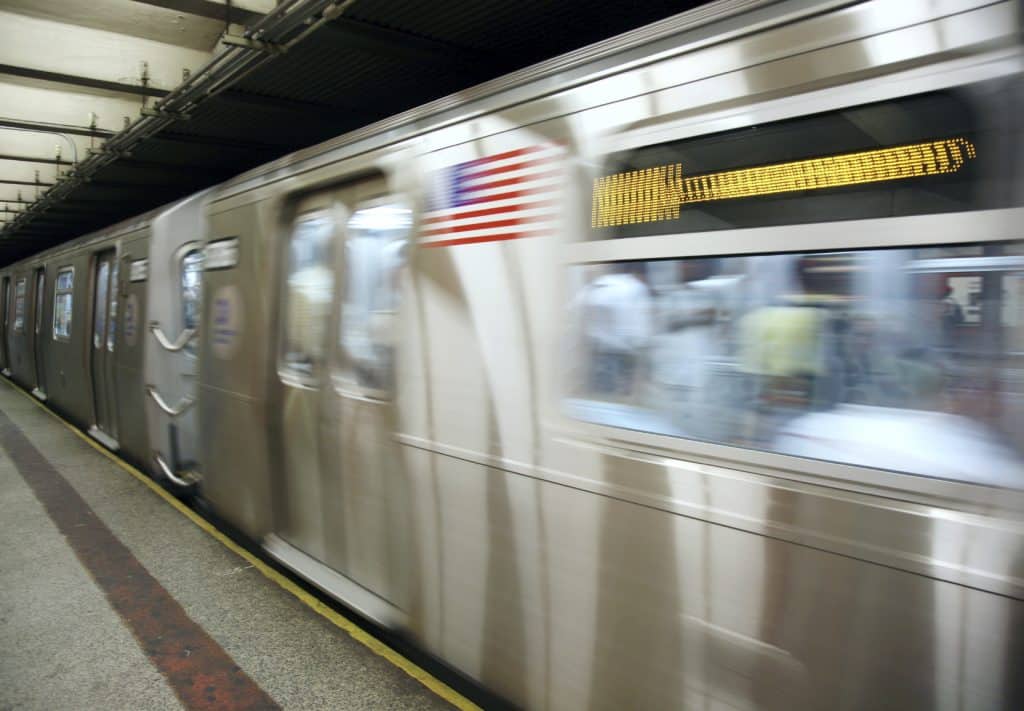
“… wireless ultra-wideband wayside units can be installed quickly and easily, avoiding costly, schedule-sabotaging track outages….”
Rail System “Game Changer”
UWB is already recommended for new, “greenfield” rail lines that are being built from scratch in a growing number of regions across the country. However, ease of installation could make the technology ideal for older, urban “brownfield” rail lines as well.
UWB feasibility is on display in New York where MTA recently completed two UWB pilot demonstration projects on its Canarsie “L” and Flushing “7” subway lines.
“Ultra-wideband wireless technology brings the promise of fewer and shorter delays, and faster and cheaper installation of modern CBTC signaling, by eliminating much of the equipment traditionally fitted under trains and on tracks,” said former NYCTA signaling lead Pete Tomlin. “This is a game-changer for our customers.”
After a long and costly research and development effort, UWB technology has recently been certified for implementation, offering promise for both new and legacy subway systems, light rail lines, and automated people movers to achieve greater levels of efficiency, reliability and customer service. That’s good news for both rail agencies and passengers alike.


